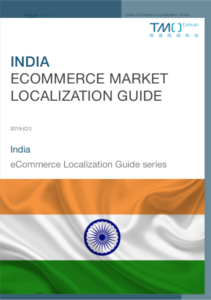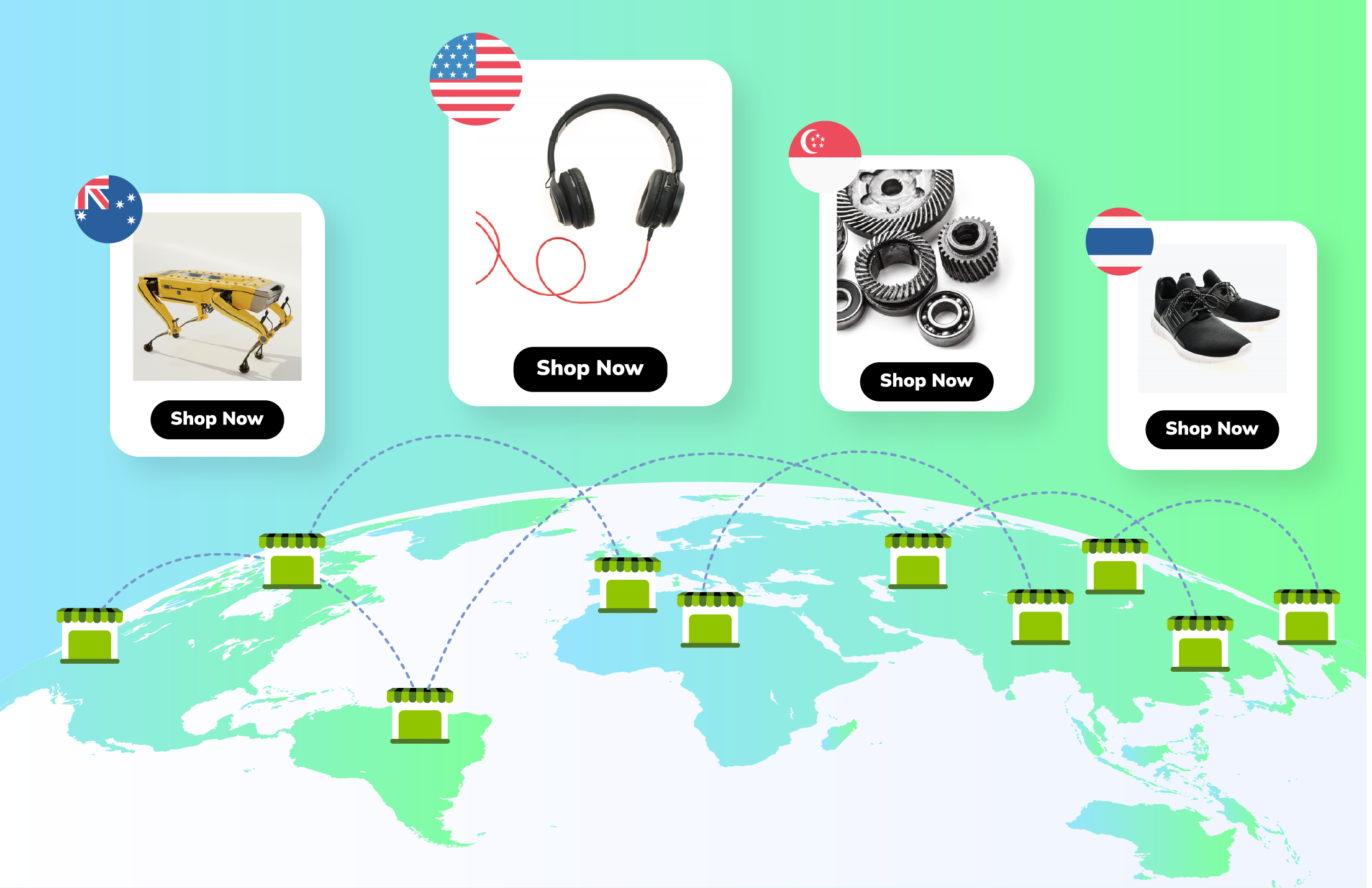An Intro to India
India is, as has always been, defined by its rich diversity. From language to culture, climate to political sentiment, India is more of a chorus of different voices than one unified entity. In some ways, outsiders can be better served treating India as they might Europe - a collection of very different regions with their own histories and cultural and linguistic identities that prefer to be treated as distinct rather than generalized as being the same as the largest demographic group.
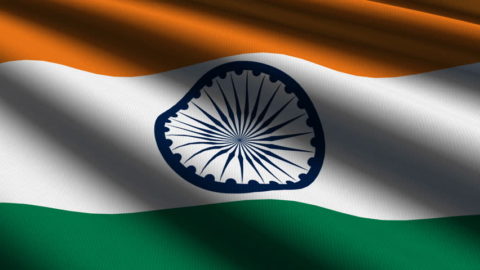
Across the country's large and varied landmass, a total of 780 languages have been identified by the most recent linguistic survey. No language claims a majority of the country as native, first-language speakers, but Hindi is the largest both as a first language (43.63% of the population) and in terms of total speakers (57.1%). The second most-spoken language is English at just over 10% of the population, but only 0.02% of the population are first-language English speakers - Bengali and Marathi are the next two biggest languages in terms of total speakers and also claim the 2nd and 3rd spots for most first-language speakers. This means that unlike most major markets, there is no overwhelming majority language that is understood by all, and so to truly reach India's massive consumer base, companies must consider a multi-lingual approach to marketing and product documentation.
Poverty is a major issue for India, with hundreds of millions still living below the poverty line. This issue has been a high priority for successive Indian governments, however, and remarkable work has been done to alleviate poverty in recent years. In the past decade and a half since 2005, the number of people living in poverty has fallen from 635 million to 364 million - a massive reduction that represents growing prosperity for hundreds of millions achieved in an impressively short amount of time, but also a sobering reminder of just how many people still remain in the country's lowest economic band.
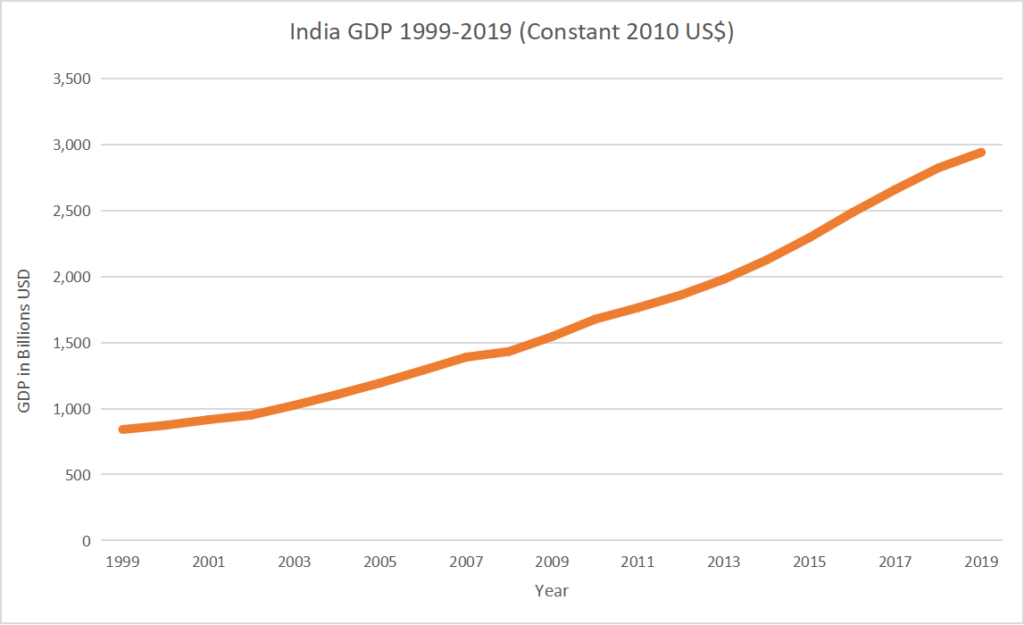
India GDP 1999-2019
GDP has also been growing fast in India - faster than any country in the world since 2014 (except when China surpassed it in 2017) - and India now boasts the world's 7th highest GDP. This is not without its own resultant issues, as despite the massive and successful poverty alleviation efforts, wealth disparity is huge and still growing, ranking among some of the world's worst on this metric.
India's eCommerce Market
India is an increasingly important player on the world stage, with a population second only to China's and set to soon overtake that booming economy's headcount. While India has frequently been dismissed as under-developed by businesses and investors for decades, this has turned around completely in recent years, with India breaking records for raising its population out of poverty and following through on commitments to developing infrastructure. Meanwhile, India has been strongly associated with the tech industry for some time now, and rates of Internet penetration, smartphone ownership, and eCommerce participation are rising fast - representing a huge and quickly growing online sales market that global giants have already set their sights on capturing.
As of now, eCommerce sales make up 7% of total retail sales. It's easy to see why major players like Amazon and Alibaba are eyeing up India as a vital future eCommerce market, given its staggering untapped potential and a compound annual growth rate (CAGR) higher than any other country on earth for the period 2019-2023 (17.8%).
India's business environment is stable, and rife with opportunities, but can also be fairly restrictive to outsiders. While 100% foreign direct investment is permitted in the manufacturing sector, it is far more limited in the eCommerce sector, where overseas entities are compelled by law to either manufacture their products in India or open a physical retail presence in the country if they wish to sell directly to Indian consumers. If neither option is appealing, the only remaining B2C avenue available to overseas companies is finding a distribution partner to handle the sale of products on their behalf.
Distribution and Logistics in India
In general, logistics remain a significant challenge for eCommerce players in India. The country is huge, and throughout many states infrastructure is still developing. Multiple government initiatives, such as the Logistics Efficiency Enhancement Program, have been set up to improve infrastructure throughout the country, but there are still large numbers of remote rural areas that remain logistical challenges, and aren't covered by the majority of providers.
Limited Internet access throughout many rural areas is also a challenge, but this is being addressed through innovative sales models such as assisted eCommerce. In this model, customers can go to a nearby physical retail location which supports assisted eCommerce, and the store will help them order online or select their desired products from an in-store catalog, after which they can come to collect their order on another day. This expands the reach of eCommerce to areas that traditionally would or could not participate.
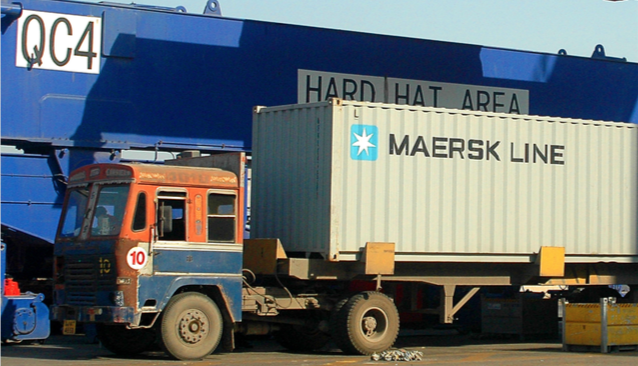
To address all these areas and more in greater detail, TMO Group put together the India eCommerce Market GuideA comprehensive guide to the Indian eCommerce market, going in-depth into market entry, marketing strategies, legal requirements, and case studies.India eCommerce Market Localization Guide, which comprehensively deconstructs India's cross-border eCommerce ecosystem and elaborates in-depth on the multiple key dimensions involved in the Indian eCommerce sphere, such as entry strategies, eCommerce structure, warehousing and logistics, payment options, sales channels, legal framework, consumer insights, marketing and social media strategies, customs and taxation, and the most recent trends in all these areas. This guide – updated periodically – was made with the intention of helping you and your business enter and flourish in the Indian eCommerce market. There is also a India eCommerce Market Starter GuideA free introductory guide to bringing your eCommerce business into India: market analysis, trends, vital eCommerce stats, market entry options.free Starter version for those not yet ready to commit financially to exploring an Indian eCommerce entry strategy.
If you’re interested to know more about the Indian eCommerce market, check out our India eCommerce Market Localization Guide or contact TMO Group’s India eCommerce experts directly!


